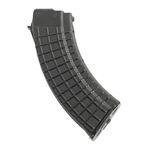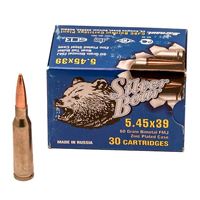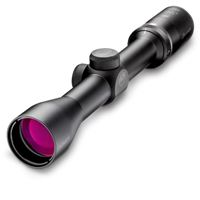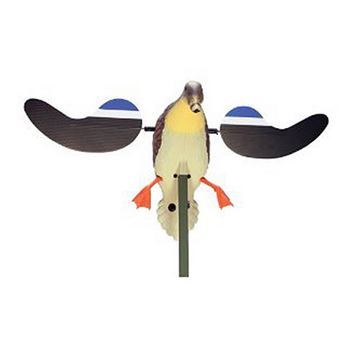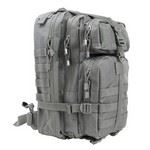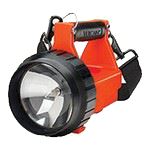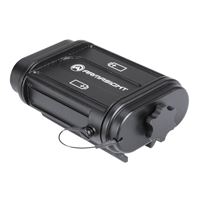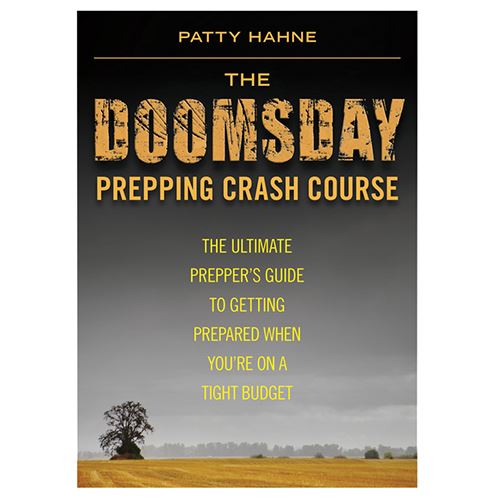There has been considerable interest in the new Colt Python 2020. Likewise, there have been quite a few comments coming from those who have not handled the Python— the new or old version. It just would not do for Colt to deliver a cheapened version, and the new pistol has no such allusion. As a Colt fan, I will say the Colt Python 2020 is a better piece than the original.
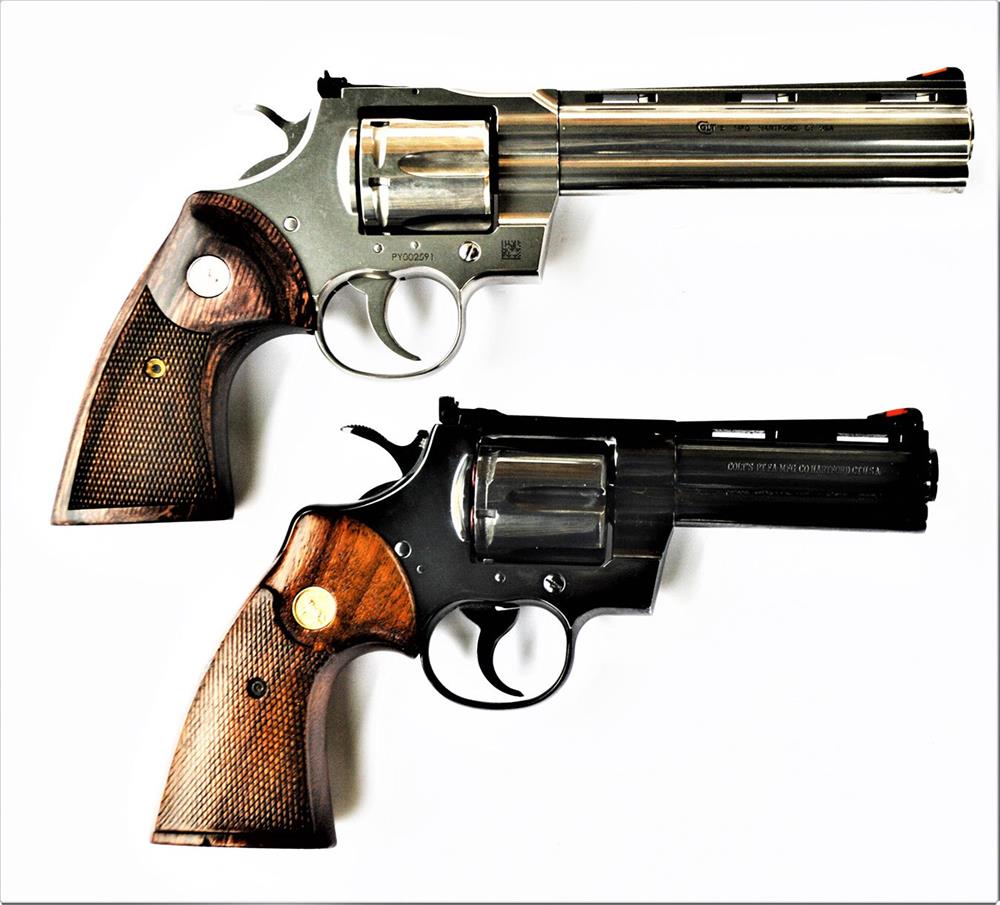
A word on prices of older Pythons. Since the Python was discontinued, prices have skyrocketed. The Python, especially new-in-the-box, unfired revolvers, are bringing five to six times the original price.
Colt’s snake was introduced in 1956 as a deluxe revolver to win pistol matches, take medium-sized game, and as a service revolver. The Python was issued by few agencies, but the notable few proved that the low bid was not the primary motivation for choosing a handgun for the troops. The original revolver was offered in four- and six-inch versions, as well as a nicely balanced 2.5-inch barrel revolver. Blue, nickel, and stainless steel were eventually offered. An eight-inch barrel Hunter was later offered. Reports of a five-inch barrel version exist. Colt experimented with the .41 Magnum but never offered it as a production handgun.
The Colt Official Police and Python revolvers are built on what we call a .41 frame. It is larger by a tad than the Smith and Wesson K frame revolver while smaller than the Smith and Wesson N frame revolver. It is in a good place in size.
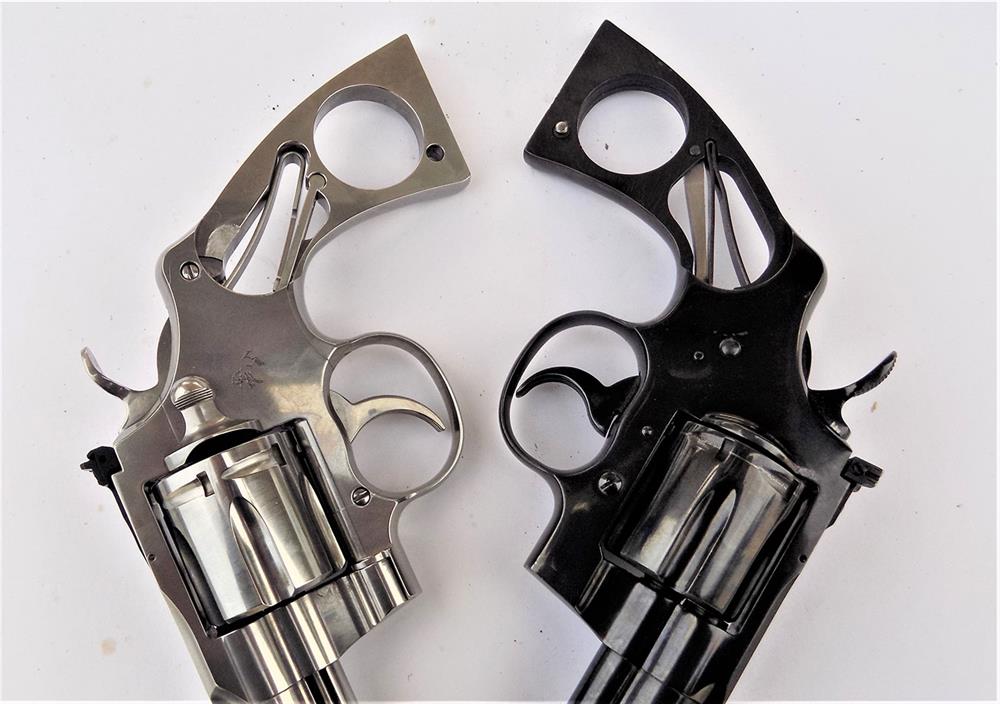
The Python is fast from leather and handles quickly, but it is large enough to be comfortable with .357 Magnum ammunition. The Colt Python features a ventilated rib on the barrel and heavy underlug. The sights are excellent, well suited to long-range work. The only revolver I find as well balanced is the 3.5-inch barrel Smith and Wesson Model 27.
The Ruger GP100 is more rugged and perhaps 90% as accurate. However, few shooters can exhibit the difference. We pay a lot for that nth degree of precision. The trigger action differs considerably from the Smith and Wesson, and this has led some reviewers to remark on skipping cylinders and the like.
The Smith and Wesson uses a leaf spring and trigger return spring in the action. The Colt uses a single V spring to control both the hammer and trigger return. If you do not control the Colt properly in double-action fire, the advantages of an ultra-smooth action are abrogated.
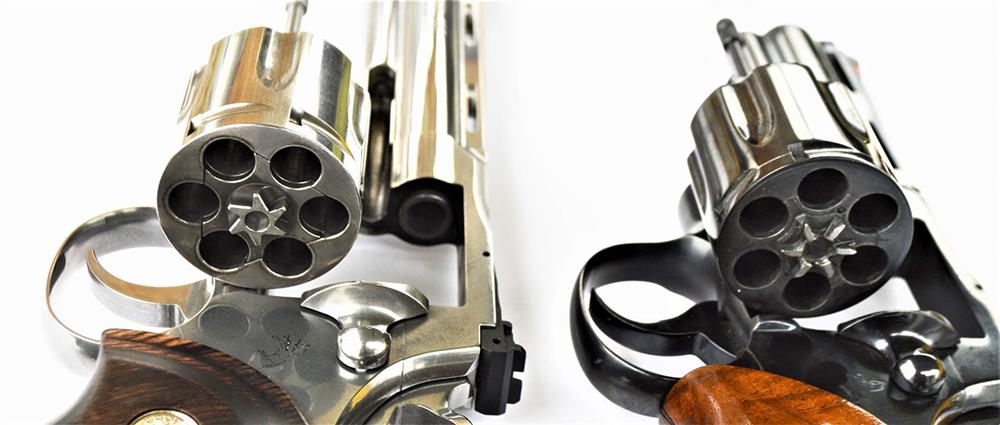
The Python may not be as durable in long hard use as some revolvers and tends to go out of time more often, a product of the action’s design. The Python isn’t fragile, but it isn’t as long lived as some when used hard in competition. The added expense of hand fitting drove prices up and demand down until Colt ceased production and moved it to the Custom Shop, where it was discontinued more than a decade ago. The price then began going up.
The new Python isn’t as dependent on hand fitting and should last longer. Older Colt Pythons did not bring $2,000 to $3,000 because they were production guns, there value was based on the fact that they went out of production. With modern CNC machinery and manufacturing technique, the Python could be produced at about 150% of the last production price. The new Python is selling for about $1,400 plus tax. (Some are paying scalper prices, but they will regret those decisions as the revolver becomes increasingly available.)
If the new Python continues to sell, Colt will make it. As a side issue, the new Cobra is a rugged revolver, a great shooter, and while different from the first Cobra, the better gun. I cannot guarantee that older Pythons will keep their value or comment on the future availability of the new Colt Python. But if you have any doubt concerning the quality and usefulness of the new Python, I can put that matter to rest. The new gun is the better gun.
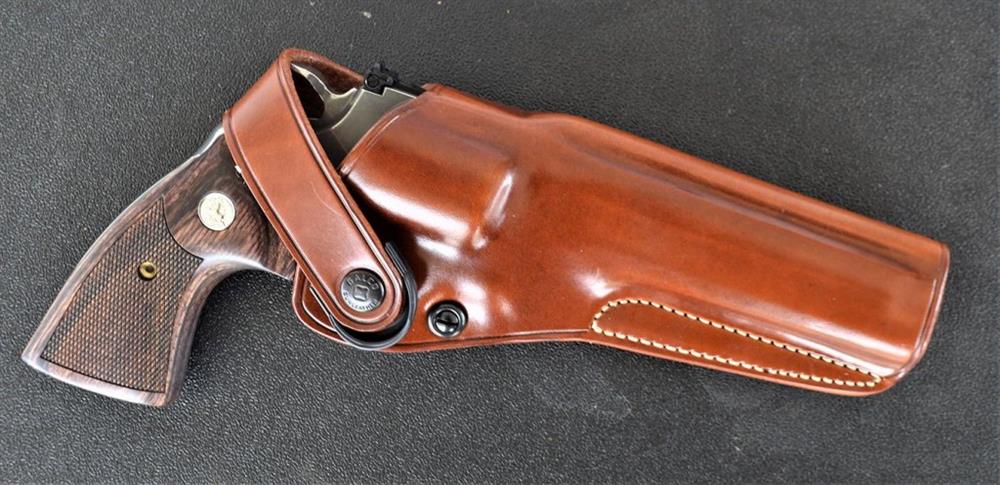
The stainless-steel Python is a wonderfully finished revolver. A weak spot of the earlier revolver, not making it a weak handgun but a concern in long term use, was a lock up that transferred recoil energy into the action. All revolvers suffer a jolt when they are fired, but the Colt’s ultra-tight lockup suffered more than others while maintaining exceptional accuracy as a byproduct.
The rear sight is a stronger design in the new revolver and the top strap has been strengthened as well. I have never seen a cracked top strap on a Colt, but folks do hot rod their .357 Magnum handloads, so it is more than possible. The cylinder would have to blow first. I think Colt has made the Python more like the Ruger GP100 in this regard.
The Colt, however, is by far the smoother gun, and it should be for twice the money. The trigger action is a smooth nine pounds. The barrel now features a recessed crown, a good change. The stocks fit my hand better than the original. The trigger guard is slightly changed along with the grip resulting in superior double-action trigger leverage. The trigger and the hammer are very nice target types.
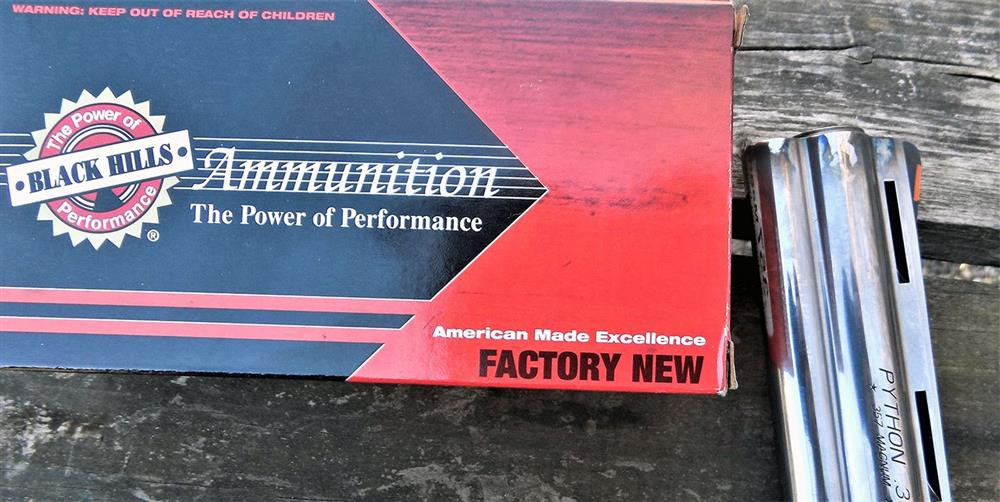
The chambering, .357 Magnum, is ideal for many uses. Target grade .38 Special loads are very accurate and offer a modest push on firing. Medium-range magnum loads offer good wound ballistics for personal defense. Heavy hunting loads are good for medium-sized wild boar and deer-sized game. In some ways, the magnum is a rifle on the hip. With that said, the only way to gauge the Python’s performance was to fire it. Without experience with the original Python, my comparison would have had little validity.
The test gun was a stainless-steel Python with six-inch barrel. The balance was excellent. In the past, I have owned and traded a six-inch barrel Python, keeping the four-inch gun for a versatile belt gun and occasional carry gun. I really wanted a new four-inch Python, but the six-inch gun was what was available. As it turned out, I am glad I made the choice.
I have fired the revolver extensively with a variety of .38 Special and .357 Magnum loads. The changes made to strengthen the revolver were not noticeable compared to the old revolver when the revolver was being fired but the changes in the action and grip angle were. The action is smoother than the original. It was like the realization concerning subtle changes Kimber made to the J frame action to produce a smoother revolver. The Python is easily the smoothest production revolver I have ever fired. There were no failures or cracked primers, and some of the magnum primers I use in handloads must be hard to withstand magnum pressure.
Firing offhand, the Python is a joy. I used the Black Hills Ammunition .38 Special 148-grain wadcutter in initial firing. It wasn’t difficult to connect with small targets to 50 yards firing offhand. Those who own the original Python will be familiar with this level of accuracy. I also fired the Black Hills Ammunition .357 Magnum 125-grain JHP. This load breaks just over 1,500 fps in the six-inch barrel Python. There isn’t a better personal defense handgun load.
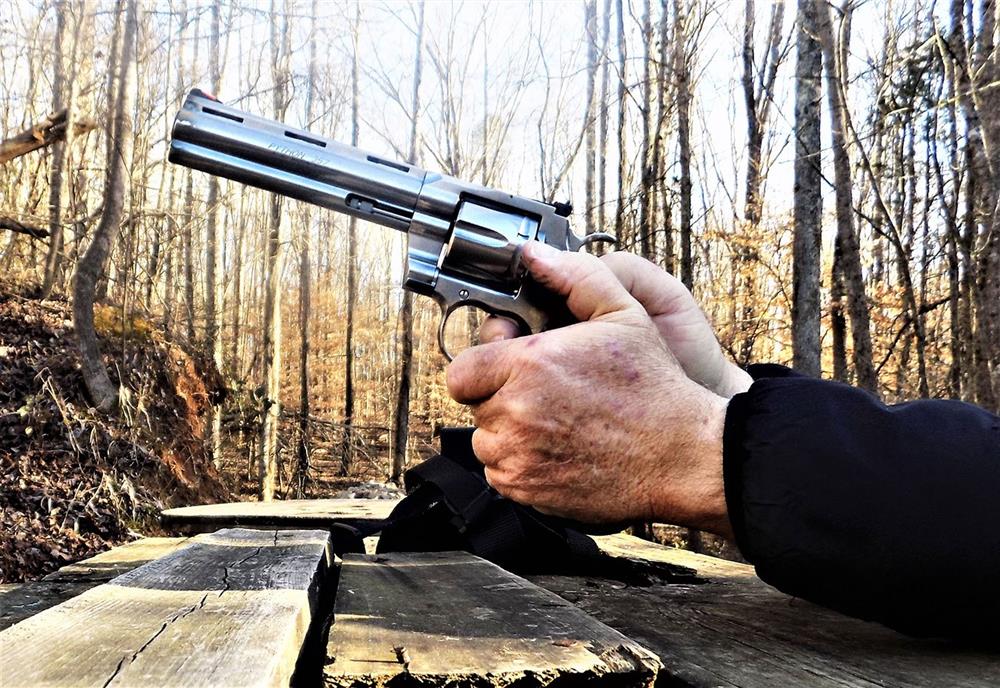
Benchrest accuracy is always interesting, so I fired the Python in the Bullshooter’s pistol rest. With the six o’clock hold, I fired five shots as carefully as I could control the trigger. The first effort with the 148-grain wadcutter cut a 1 1/8-inch hole. My best group of the day with the 148-grain wadcutter was 15/16 inch, including three shots in 3/8 inch.
Moving to .357 Magnum loads, I filled the chambers with the Black Hills Ammunition 125-grain JHP. The 125-grain load went into 1.4 inches, and the Black Hills Ammunition .357 Magnum 158-grain load averaged 1.1 inch for three 5-shot groups, with one group measuring .85 inch at 25 yards. This is probably as good as I can hold without optics. A six-inch barrel target revolver is a joy to fire and use, and the Python is more accurate than most.
I also fired the Buffalo Bore 180-grain hollow point loading. This is a load that gives us real magnum performance. This isn’t the load for a lightweight magnum or any revolver that isn’t first quality. Actual velocity from the six-inch barrel Python is 1,340 fps. There are no excess pressure signs. Recoil is there, but the Pythons long barrel dampens recoil to an extent. This would be an ideal load for deer or perhaps hogs at moderate range.
The Colt Python 2020 Upshot
- The new gun features a transfer bar ignition.
- The new Colt Python features a recessed barrel crown and easily changeable front sight.
- The frame geometry is changed to make for easier control.
- The top strap is stronger and the sights much improved.
- The action is smooth, very smooth.
- The grips are tightly fitted with a four-point lockup with three positioning screws in addition to the grip screw.
- There isn’t a single part that fits the older Python.
The six-inch barrel Python weighs 46 ounces. This makes firing magnums a joy. The Buffalo Bore loading went into 1.0 inch for my best effort. It takes good concentration to produce this type of accuracy. The Python will deliver, if the shooter is up to it.
The Python is back, and it is better than ever with beneficial updates. We are going to see good things from this revolver. If you are not willing to master handling the Python trigger action, or you cannot fire a handgun accurately, there is no point in paying for the Python. If you want the best revolver in current production, and perhaps the finest ever made, the Python offers performance and pride of ownership.


